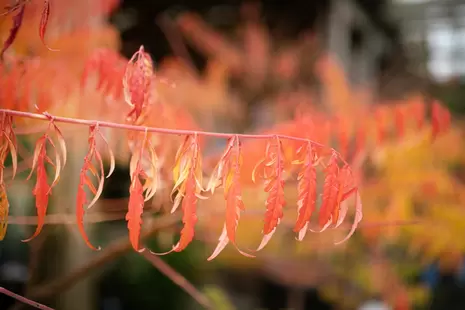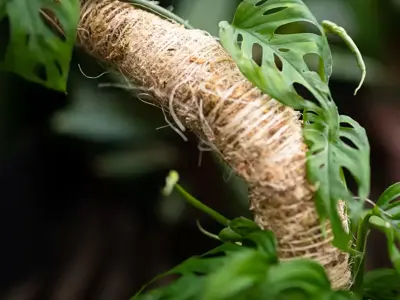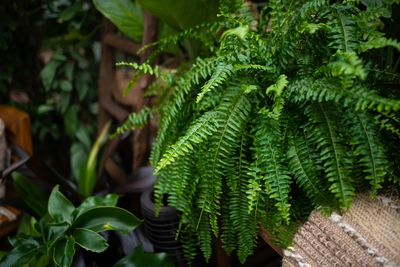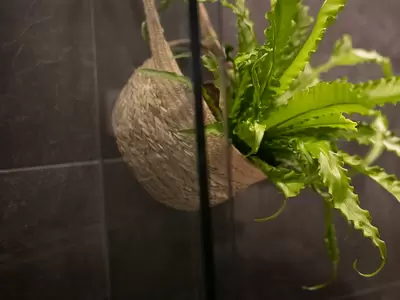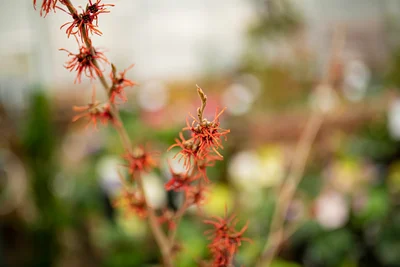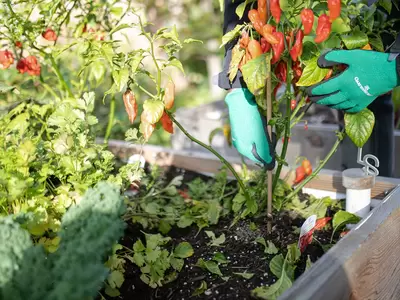
Written by Ingrid Hoff
The fruits of your garden labours are coming to fruition
Late summer and early fall is bountiful but it’s not always straightforward. How do you know when it’s time to pick?
You want to maximize the flavour and your crop when it’s at absolute prime, full maturity. And I wish there were some hard and true, easy answers to that question but as with most things in life… it all depends. Leafy crops such as kale and chard you can pick whenever you want to eat, others like tomatoes and cucumbers need to be timed so the fruit is at the peak of maturity. Then there are those crops we eat for the roots and really who knows what is going on underground. It also completely depends on your growing conditions and microclimate.
Here is a quick reference of a few of the popular veggie plants and how to tell when they are good to pick.
-
Broccoli – when the flower buds are still tight and green, and no sign of yellow flowers starting to open.
-
Brussel sprouts – will mature from the bottom of the stalk up, snap them off the stem when they are 3cm in diameter.
-
Garlic – when the bottom three to five leaves die back. Always try to dig them up (carefully) rather then pull them and make sure to do it on a dry day. Never wash your garlic or they will immediately start to rot. Let them dry out and brush off any dried dirt and they’ll keep for months.
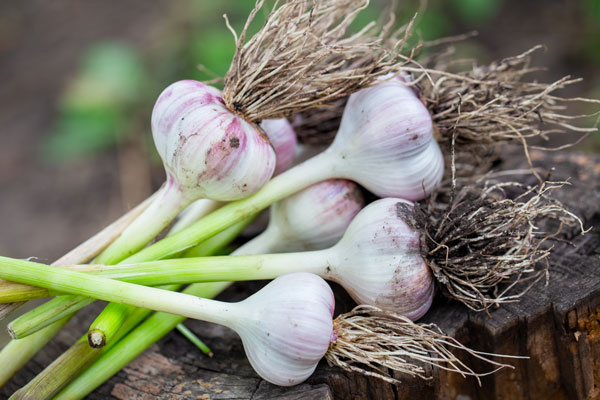
-
Lettuce – when leaves are still tender and before the plants expand upwards and bolt. Also, I always slice off the head or remove leaves, never pulling up the plants by the roots. Lettuce will often regrow from the roots giving you multiple harvests.
-
Cabbage – when it is large round and solid, if you let it go too far it will start to split.
-
Carrots – if the tops are just peeking above soil line you can check to see how big they are (or run your finger around just under the soil), when they seem big enough then pull (3cm in diameter is more than big enough). If you accidentally pull one too early oh well, baby carrots are yummy too. Just don’t let them get too old or they will start to go fibrous.
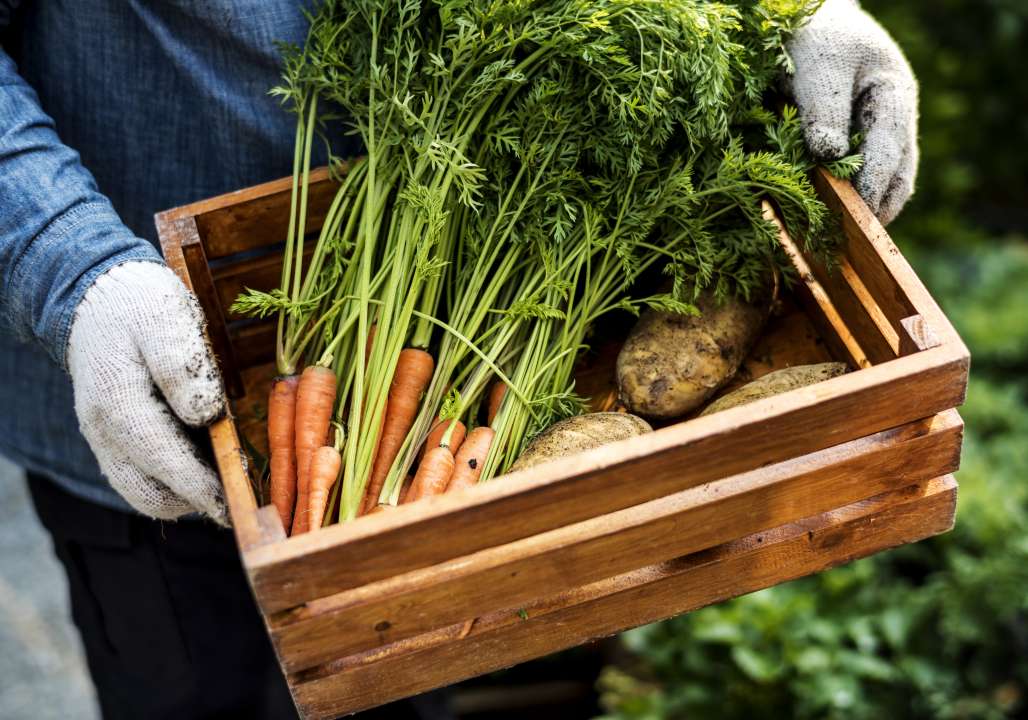
-
Cauliflower – when they are white and firm, if you let them go too long, they get yellow and mealy.
-
Corn – three weeks after the silk forms start to check by poking a kernel, if a milky liquid comes out then it’s ready to eat.
-
Cucumbers – because of all the different varieties out there it is hard to give hard and fast answers here. Look for fruit that is not too large, firm and a deep green colour. Watch them carefully as they get near to maturity, they can quickly go from perfect to yellow and bitter (just ask my brother). When in doubt pick them on the early side.
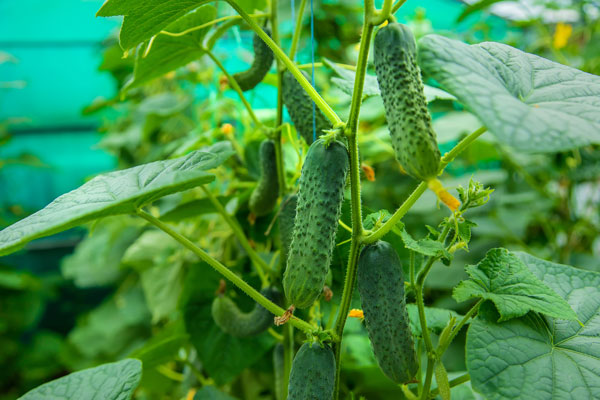
-
Muskmelon – the colour will change from green to beige and the fruit “slips” off the vine when you lift them.
-
Onions – once the tops begin to fall over.
-
Peas – while pods are still tender, bright green and no signs of wrinkling.
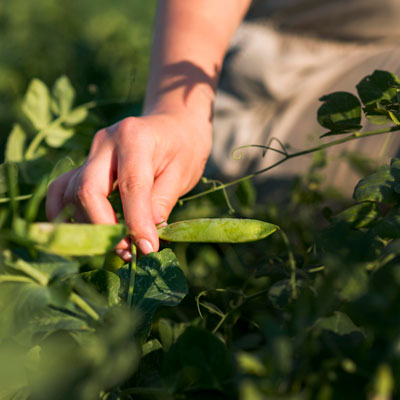
-
Peppers – did you know that green peppers are just ones that have not fully ripened? Pick your peppers when they reach the right size and colour for your preference.
-
Potatoes – when the vines die back carefully dig them up.
-
Pumpkins and other winter squash – when they start to colour up and the shells harden and before the frost hits.
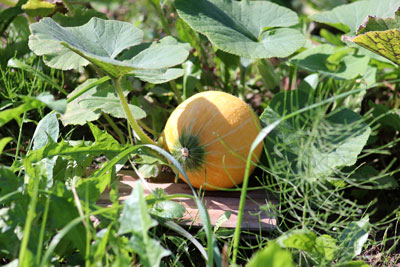
-
Radish – are a bit hard to tell, when the roots showing above the soil are 3cm in diameter. Always err on the side of pulling them too early as over mature radish are inedible, they get so fibrous that you can’t even slice them.
-
Summer squash (zucchini) – don’t let them get too big or they get “seedy.” The best zucchini/patty pan are small ones.
-
Tomatoes – don’t pick them before they have had a chance to come fully into colour and are ever so slightly soft.
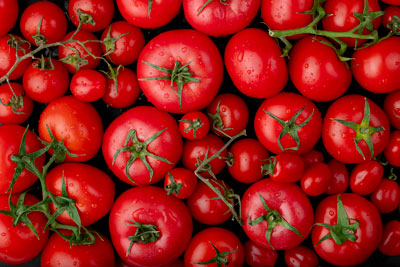
Take your clues from the plants themselves
The art of the harvest is a learned art and there is no better way than to get your feet out in the garden. I find the morning is the best time to harvest, the cool weather is much less stressful on both gardener and plants. So, head out and develop your art, your tastebuds will thank you.

